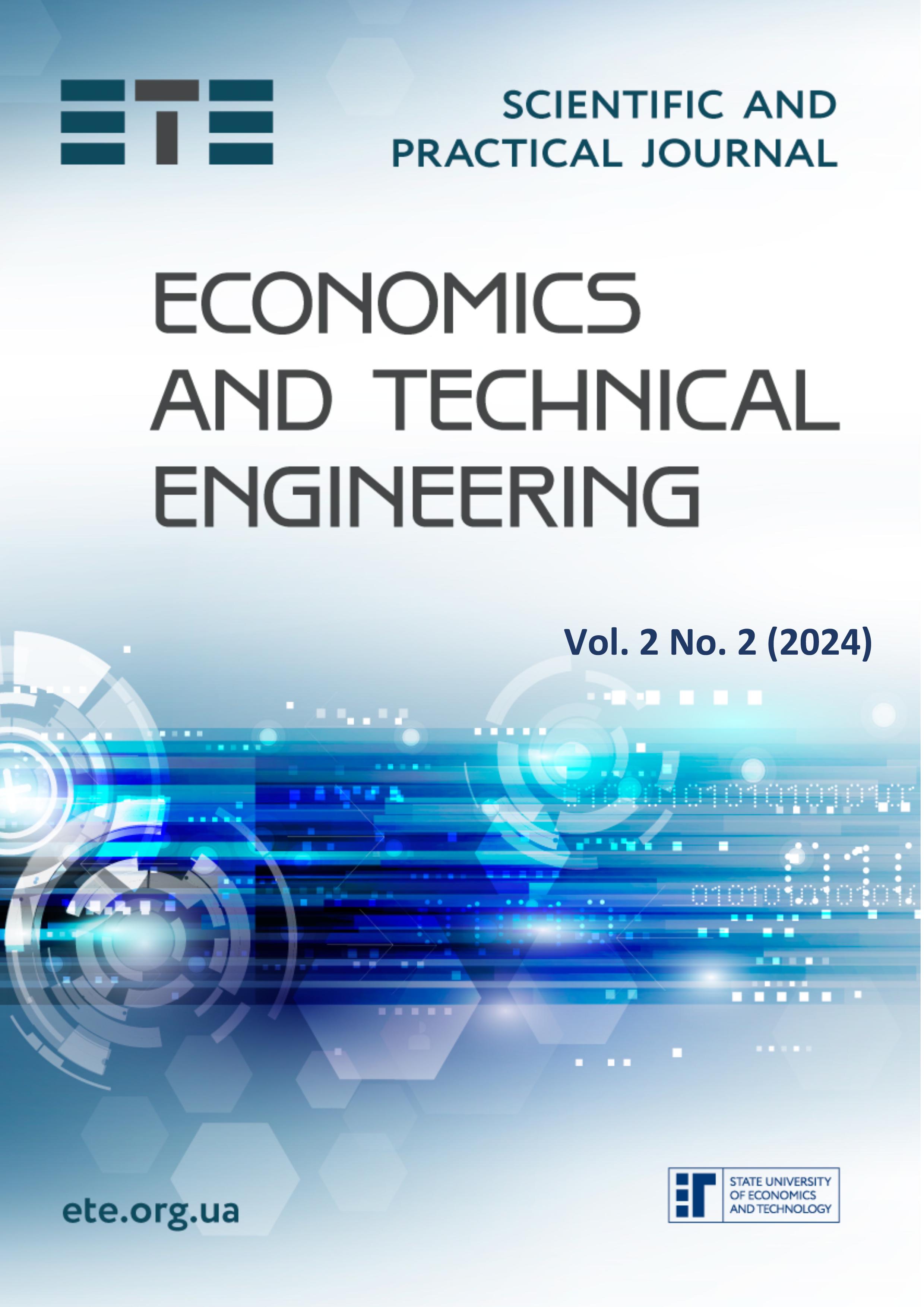DAC with 50 Hz AC voltage output, errors and operating algorithms
DOI:
https://doi.org/10.62911/ete.2024.02.02.06Keywords:
Digital-to-Analog Converter (DAC), alternating voltage, methodological error, frequency error, sinusoidal signal, digital interpolation, analog filtering, timer synchronization, electronics, automated control systems.Abstract
The article investigates the basic principles of operation of a 10-bit digital-to-analog converter (DAC) for generating an alternating voltage with a frequency of 50 Hz. The sources of errors that arise during the operation of the DAC are considered, including the discreteness of the output signal, inaccuracies of the generation algorithm and the influence of the load. In particular, the methodological error, which is 0.015%, and the frequency error, which reaches 0.5 Hz, are analyzed. This indicates that the developed system meets modern standards of accuracy and stability of signals. As an example, a digital-to-analog converter with the following characteristics is used: bit capacity - 10 bits, speed - no more than 25 μs, output voltage - ±10 V, discharge capacity - 10 mV, error - 0.01%, load resistance - 510 Ohm, the period of the timer pulses in the controller where the DAC is located is 1 μs. The article presents a digital interpolation algorithm that allows to reduce errors at the output and improve the quality of the sinusoidal signal. The procedure for timer synchronization and output signal generation based on numerical calculations is described in detail. Particular attention is paid to minimizing the so-called "jamminess" of the sinusoidal wave in the area of its passage through zero. This is achieved by introducing an auxiliary voltage shift, which allows to ensure a smooth transition between signal levels. A significant part of the work is devoted to the use of analog filtering and digital interpolation to improve the shape of the output signal. Such methods allow to significantly reduce distortion and ensure high accuracy of voltage reproduction even with significant load changes. In addition, the authors of the article offer an optimized table of signal generation steps, which allows to reduce calculation time and improve the energy efficiency of the system. The practical results of the article have wide application in the field of electronics, including the development of automatic control systems, measuring equipment, as well as in the field of electric power. The obtained data can be used for both industrial and educational purposes, for training future specialists.
References
Analog Devices. (2015). Understanding DAC Specifications. Retrieved 1.09.2024 from https://www.analog.com
IEC 60050-131. (2017). International Electrotechnical Vocabulary - Electrical and electronic measurements and measuring instruments. Geneva: IEC. Retrieved 1.09.2024 from https://www.iec.ch
IEEE Standards Association. (2020). IEEE Guide for Analog Signal Standards. IEEE. Retrieved 1.09.2024 from з https://ieeexplore.ieee.org
Maxim Integrated. (2018). Designing with DACs. Retrieved 1.09.2024 from https://www.maximintegrated.com
Pelgrom, M. J. M. (2013). Analog-to-Digital Conversion (3rd ed.). Springer.
Razavi, B. (2000). Principles of Data Conversion System Design. Wiley.
Texas Instruments. (2017). Precision Digital-to-Analog Converters. Retrieved 1.09.2024 from https://www.ti.com
Tsyfro-analohovi peretvoriuvachi, Elektronna biblioteka BHU. Retrieved 1.09.2024 from https://elib.bsu.by
Tsyfro-analohovi peretvoriuvachi. Retrieved 1.09.2024 from https://cxem.net/beginner/beginner90
Yildiz, S., & Koksal, O. (2019). Error Mitigation in Digital-to-Analog Conversion Systems. Journal of Signal Processing Systems, 91(4), 789-805.
Downloads
Published
Issue
Section
License

This work is licensed under a Creative Commons Attribution-NonCommercial 4.0 International License.









